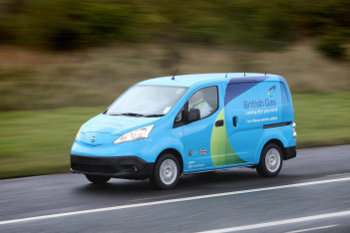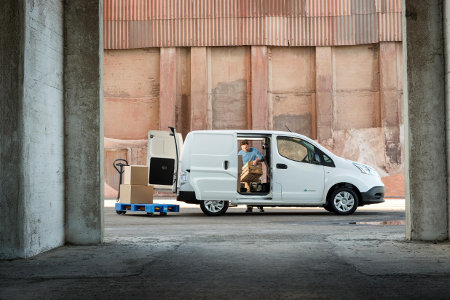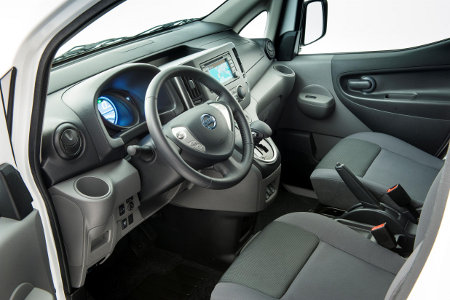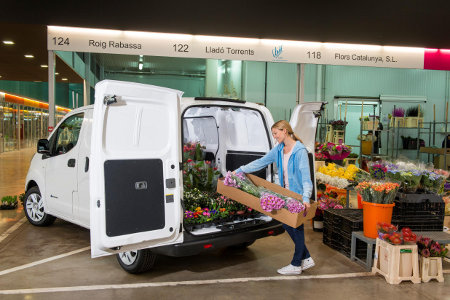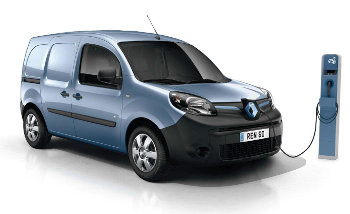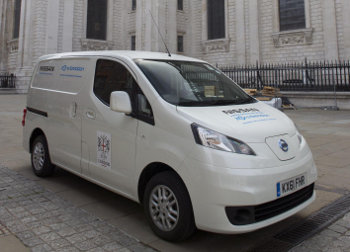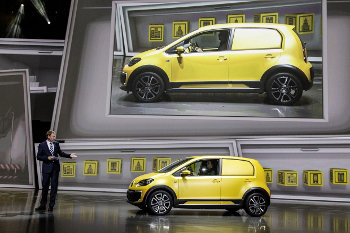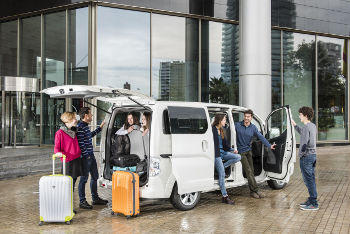
The Nissan e-NV200 7-seater still leaves ample luggage room behind the third row of seats. Both rows can be folded out of the way.
Growing demand has prompted Nissan to bring forward the launch of the latest variant of its popular e-NV200 electric van, a 7-seater people carrier or minibus model.
Nissan Europe’s director of electric vehicles, Jean-Pierre Diernaz explains the introduction, commenting:
“We have always planned to offer a higher-seating capacity version of the Nissan e-NV200. Marketplace demand has meant we have moved this introduction forward by several months to satisfy this need.
Nissan has had requests from taxi companies, VIP transfer services, hotels and private motorists who are interested in buying this uniquely flexible and capable vehicle.”
The seven seat version of the e-NV200 is configured with two seats in the front, three in the middle and two in the rear. Both the second and third rows can be folded to allow for larger quantities of luggage to be carried, making the new variant a hugely flexible vehicle for commercial or private use.
The second row rolls forward and the third row folds to the sides to open up an enormous 2.94 cubic metres of cargo capacity, which is enough to transport three bicycles with the wheels in place, unique in this class. With all three rows in place, the luggage capacity is 443 litres under the tonneau cover, and up to an impressive 870 litres when measured to the roof line, allowing the possibility to carry seven people and a large volume of luggage.
To increase passenger comfort the seven seat passenger version comes equipped with additional rear air conditioning to ensure a more even temperature through the cabin, even for those in the third row of seating.
The new model is available with the CHAdeMO quick charging system, which gives the access to the most widely installed rapid charging system in Europe today with over 1,500 accessible points. The quick charging option allows businesses or drivers to extend journeys or do multiple short journeys in a day with a quick top up. Already, users of the e-NV200 like Taxi Electric in the Netherlands and C&C Taxis in the UK have installed their own quick chargers to increase utilisation and flexibility.
The van and five seat versions of the e-NV200 were launched last summer and have already met with a very positive reception with orders from taxi companies across Europe in addition to large fleets like DHL Express in Italy, and APM, part of the Maersk group.

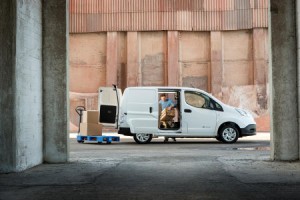
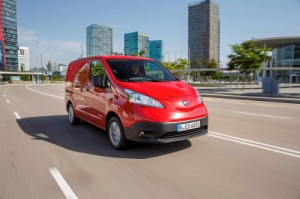
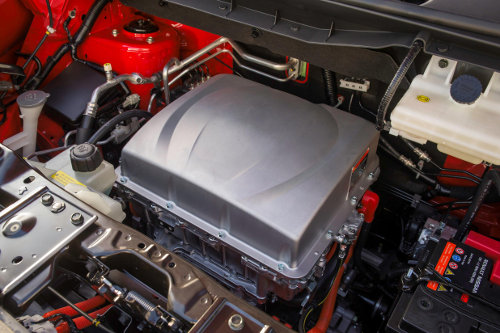
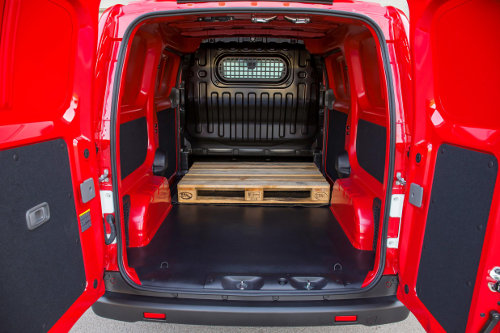
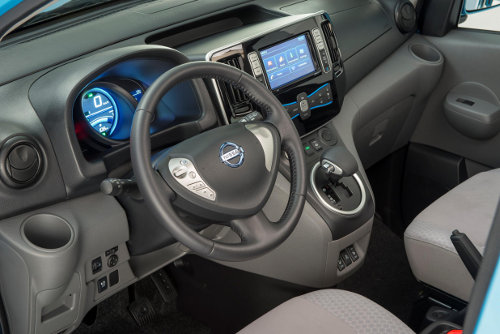
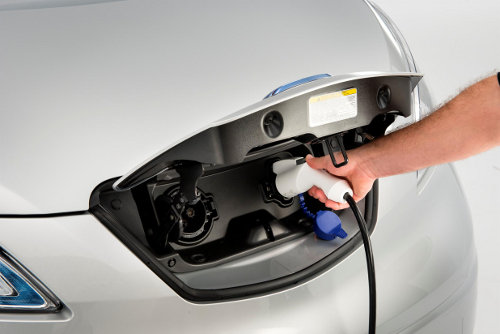
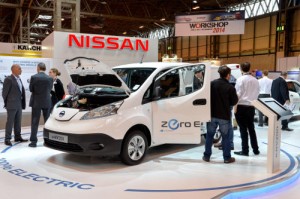 Nissan has announced pricing details for its e-NV200 electric van, which will be available from July in the UK. As I’ve written before, I believe this vehicle could be
Nissan has announced pricing details for its e-NV200 electric van, which will be available from July in the UK. As I’ve written before, I believe this vehicle could be 